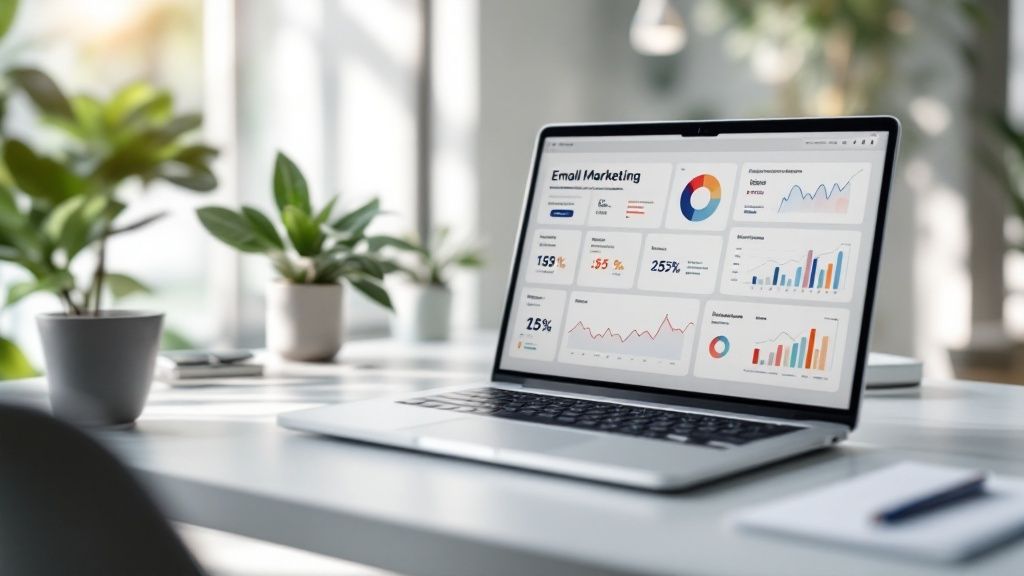Ultimate Guide: How to Recover Abandoned Carts on Shopify and Reclaim Lost Revenue
February 11, 2025
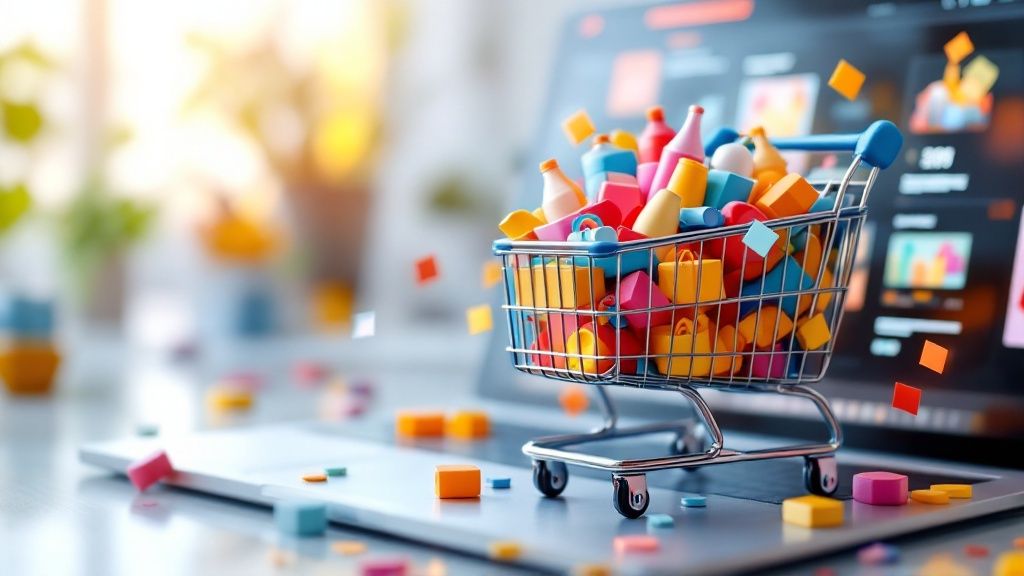
Understanding the True Cost of Cart Abandonment
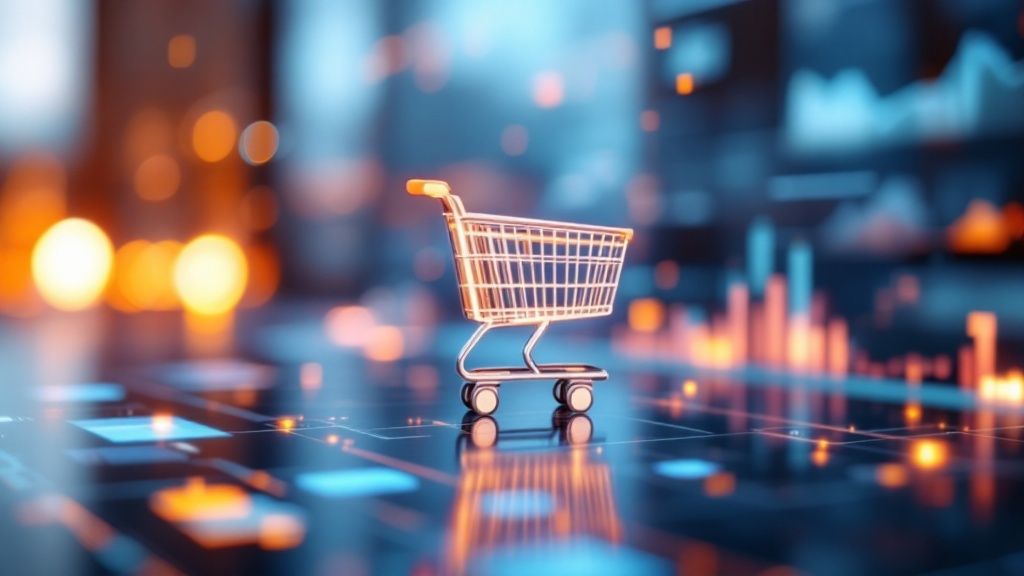
When customers abandon their shopping carts on Shopify, it creates more than just a missed sale. The effects ripple through multiple aspects of your business, from marketing costs to customer relationships. Understanding these impacts helps create better strategies to address cart abandonment.
The Immediate Impact: Lost Revenue and Conversions
Think of your store like a retail shop where customers fill their baskets but leave before checking out. When 300 shoppers add items to their carts but only 100 complete their purchase, you've lost potential sales from 200 customers. This directly affects your bottom line and prevents you from reinvesting that revenue into growing your business.
Recent data shows just how common this problem is. The Baymard Institute reports that 70.19% of online shoppers abandoned their carts in 2024. This means for every 10 shoppers who add items to their cart, 7 leave without buying. Learn more about abandoned carts. These numbers highlight why addressing cart abandonment should be a top priority for online stores.
The Hidden Costs: Marketing ROI and Customer Lifetime Value
Cart abandonment affects your marketing investment too. Every abandoned cart represents advertising dollars spent to bring that customer to your store. When these potential customers don't convert, your return on investment (ROI) takes a hit, making your marketing efforts less effective.
Each abandoned cart also impacts potential customer lifetime value (CLV). When someone leaves without buying, you lose not just that sale but possibly years of future purchases. You also miss out on word-of-mouth marketing and the chance to build brand loyalty. This makes recovering abandoned carts crucial for long-term success.
Turning Challenges into Opportunities: Reframing Cart Abandonment
Smart Shopify store owners see abandoned carts as opportunities rather than losses. These customers have already shown interest in your products by adding them to their cart. This gives you a chance to understand why they left and how to bring them back. With the right approach, you can turn these almost-sales into happy customers and build stronger relationships that lead to repeat business.
Mastering Your Abandonment Metrics
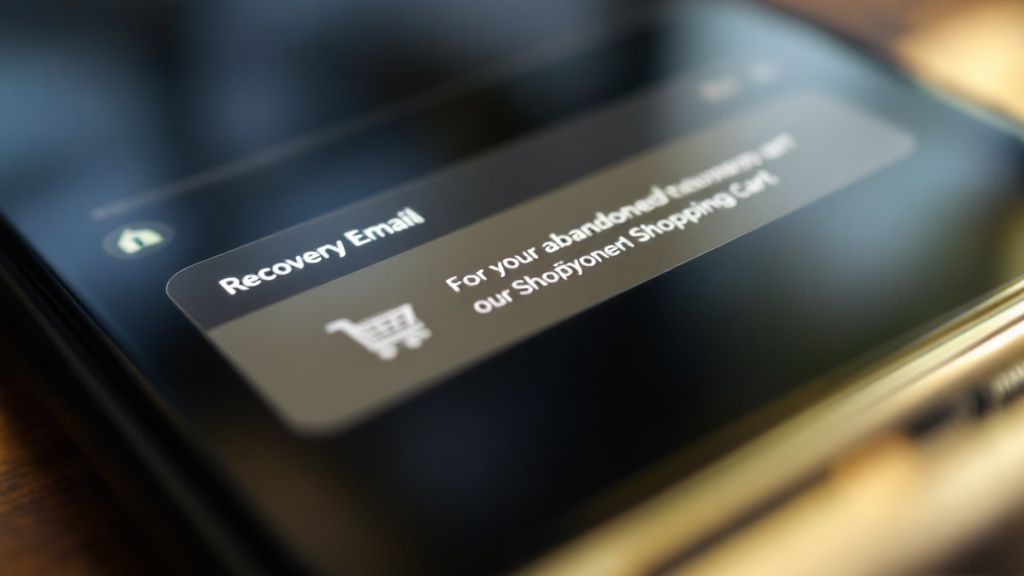
Smart business owners know that understanding cart abandonment goes beyond looking at basic rates. By analyzing detailed customer behavior data, you can uncover valuable insights to help improve sales.
Segmenting Your Abandonment Data
Looking at all abandoned carts as one group doesn't tell the full story. Break down your data to understand specific patterns:
- Product Categories: Find out which types of products get abandoned most often
- Customer Types: Compare abandonment between new and returning shoppers
- Traffic Sources: See which marketing channels have higher abandonment
- Cart Values: Check if price points affect abandonment rates
This detailed view helps you spot exactly where to focus your optimization efforts for the biggest impact.
Identifying Patterns in Customer Behavior
Look closely at when and why customers leave their carts. Pay attention to drop-offs during checkout – these often point to issues with shipping costs, payment options, or complicated forms. Watch how long people spend browsing products and reviewing their carts. Quick exits may mean unclear product details, while long hesitation could indicate price concerns.
Establishing Meaningful Benchmarks
While general benchmarks exist, comparing yourself to similar businesses in your market gives you the most useful context. Track your numbers over time to measure how well your recovery tactics work. This creates a feedback loop for ongoing improvements.
The basic formula for cart abandonment is simple: take your cart additions minus completed sales, divide by total cart additions, then multiply by 100. For instance, with 994 cart additions and 430 sales, you'd have a 57% abandonment rate. Learn more about calculating abandonment rates. Tools like pre-filled checkout links can help you win back lost sales.
Creating Custom Reporting Dashboards
Set up custom reports to track your key metrics clearly. Good data visualization helps you spot trends quickly and makes it easier to share insights with your team. When everyone can see and understand the numbers, you can work together more effectively to turn abandoned carts into completed sales.
Building High-Converting Recovery Campaigns
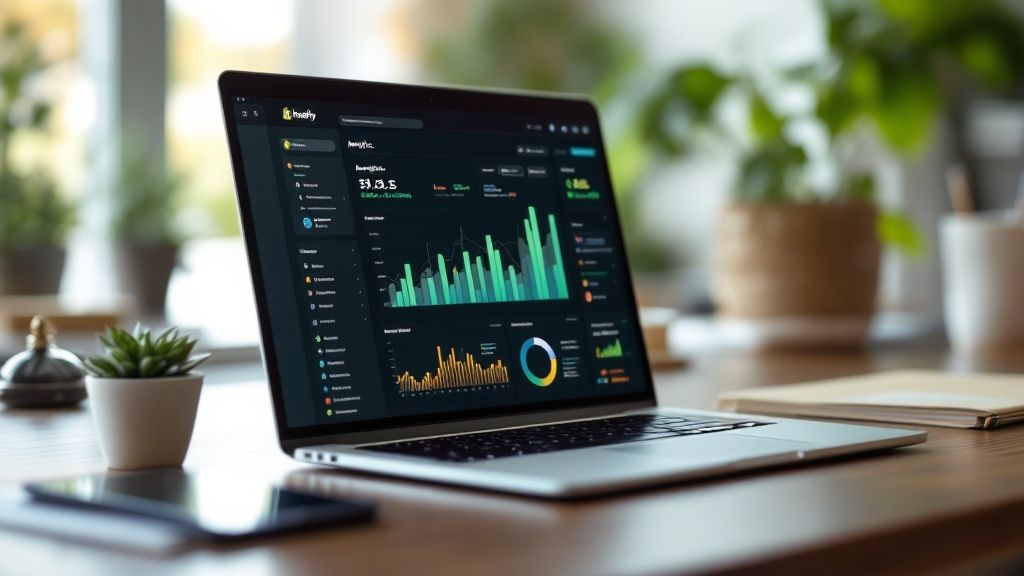
After tracking key metrics, the next step is creating effective abandoned cart recovery campaigns in Shopify. These campaigns help bring back customers who added items but didn't complete their purchase. Let's explore proven strategies to convert these opportunities into sales.
The Power of Email Sequences
Email continues to be essential for cart recovery. A well-planned sequence of emails can effectively remind customers about their unfinished purchase. Send the first email within one hour after abandonment as a friendly reminder. Follow up with additional emails offering incentives like free shipping or small discounts.
Leveraging SMS Marketing
Text messages provide direct, immediate contact with customers. SMS works especially well for time-sensitive offers and quick reminders. Using both SMS and email creates better results – research shows SMS can achieve a 58% recovery rate. Only 31% of abandoning customers return naturally, while 26% buy from competitors instead. Learn more about cart recovery statistics.
Personalization: The Key to Connection
Generic messages often get ignored. Include the customer's name and specific abandoned items to make communications more relevant. Adding product recommendations based on browsing history can further improve engagement and conversion rates.
Crafting Compelling Copy
The words you choose matter greatly. Keep messages clear and focused on purchase benefits. Build urgency through limited-time offers or low stock alerts. Strong subject lines are crucial for getting emails opened and read.
Timing Is Everything: Optimize Your Send Times
When you send recovery messages directly impacts their success. Send the first contact shortly after abandonment, then space additional messages over several days. Test different timing patterns to find what works best for your specific customer base.
Examples of High-Converting Campaigns
Here are proven strategies for cart recovery:
- Offer a discount: Even small discounts can convince price-sensitive shoppers
- Showcase product benefits: Remind customers why they wanted the item
- Offer free shipping: Remove a common purchase barrier
- Provide social proof: Share reviews to build confidence
Want to learn more? Check out this guide on How to master abandoned cart recovery on Shopify. By applying these proven methods and understanding customer psychology, you can create campaigns that effectively bring shoppers back to complete their purchase.
Optimizing Your Recovery Performance

Basic cart recovery tactics are just the start. Top performing Shopify stores know that driving real results requires analyzing data and adapting strategies based on what actually works with customers.
Advanced Testing Methodologies
Testing different approaches is key to understanding what motivates your customers. Try comparing email subject lines that create urgency versus ones highlighting discounts. Test variations in your email design too – from button placement to product image layouts. Your specific audience's response will show you the most effective path to getting those sales back.
Segmentation Strategies for Personalized Recovery
Generic emails don't work as well as messages tailored to specific customer groups. Break down your abandoned carts by factors like:
- First-time vs returning customers
- Cart value ranges
- Product categories
- Traffic sources
This lets you craft more relevant messages. New customers might need that first purchase discount, while loyal shoppers could respond better to free shipping.
Performance Analysis Techniques
Measuring results is essential for improvement. Track key performance indicators like:
- Email open rates
- Click-through rates
- Conversion rates by segment
This data shows what tactics drive the best outcomes. Many Shopify users find they need to combine data from multiple sources to calculate recovery rates properly. You can learn more in this Shopify Community Discussion on Measuring Recovery Rate.
Frameworks for Continuous Improvement
Getting better results requires ongoing refinement. Review your data regularly to spot areas needing work – maybe your discount isn't compelling enough or your timing needs adjusting. Keep testing and improving to maintain effectiveness as customer behavior shifts. For more tips, check out How to Fix Shopify Abandoned Checkouts.
The Future of Recovery: AI and Machine Learning
AI tools are becoming more common for predicting and preventing cart abandonment. These systems analyze customer behavior patterns to identify shoppers likely to abandon carts. This enables proactive steps like targeted pop-ups or chat support to address concerns before the sale is lost. Smart prediction represents the next phase in cart recovery, helping merchants stop abandonments before they happen.
By using these proven techniques, you can boost your recovery performance and reclaim more revenue. Focus on data-driven decisions and continuous improvement to get the best results from your Shopify store's recovery efforts.
Using Technology for Cart Recovery
Getting back abandoned carts requires understanding customer behavior and key metrics. But doing this manually becomes challenging as your store grows. The right automated tools help scale your recovery efforts and win back more sales.
Picking Recovery Tools for Your Store
There are many cart recovery apps available, with different capabilities. Some focus on email, while others include SMS, push notifications, and pop-ups. The best choice depends on your specific store needs and budget.
Small stores may do well with a basic email recovery app. Larger businesses often need comprehensive platforms that work with their existing marketing systems. For example, Checkout Links lets you create pre-filled carts and personalized discounts right in recovery emails to help close more sales.
Essential Features to Look For
When choosing a cart recovery solution, focus on these key capabilities:
- Personal Touch: Recovery messages should include customer names, abandoned items, and relevant product suggestions
- Smart Automation: Set up rules to trigger messages based on cart value, product type, and customer segments
- Easy Integration: The tool should work smoothly with your Shopify store, email platform, and other key apps
- Testing Options: Look for A/B testing features to optimize your messaging and timing
Measuring Recovery Tool Value
Consider both costs and potential returns when picking a recovery app. For example, if a $49 monthly app helps recover $500 in sales, that's a clear win. Fixed-rate pricing, like what Checkout Links offers, keeps costs predictable as you grow, unlike percentage-based fees that increase with sales.
Setting Up Automated Workflows
Plan your automation carefully. Map out where customers typically abandon carts, then create workflows that send targeted messages at those key moments.
Keep the human element in your automated messages. Focus on helpful, genuine communication rather than robotic-sounding text.
Using Multiple Tools Together
Often, combining different tools works best. You might use separate apps for email and SMS recovery to reach customers through their preferred channels. Consider how different tools can work together to create a more effective recovery system.
Smart use of technology helps automate your cart recovery, scale your efforts, and win back more sales. Focus on creating personal, engaging experiences that encourage customers to complete their purchase.
Future-Proofing Your Abandoned Carts Shopify Recovery Strategy
Running a successful Shopify store requires consistently optimizing your abandoned cart recovery approach. Success comes from understanding shifting customer behaviors and implementing the right tools at the right time.
Emerging Trends in Cart Recovery
Here are the key trends shaping cart recovery strategies:
-
Mobile Shopping Growth: Over 70% of online shopping now happens on mobile devices. Focus on mobile-optimized recovery emails with concise copy and prominent call-to-action buttons that are easy to tap.
-
Value of Personalization: Generic messages don't work anymore. Use customer data like browsing history and past purchases to create relevant recommendations. For example, if someone abandons running shoes, suggest matching athletic socks or workout gear.
-
AI-Based Solutions: Artificial intelligence tools can now predict which customers are likely to abandon carts. This allows proactive support through live chat or targeted offers before abandonment occurs.
Privacy-First Recovery Methods
With stricter data privacy rules in place, ensure your cart recovery tactics follow regulations. Be clear about data usage and give customers control over their information through easy opt-out options. Building trust leads to better long-term results.
Modern Cart Recovery Approaches
Consider these proven techniques beyond standard emails:
- Browser Notifications: Send timely reminders through the browser to bring customers back to complete purchases
- Website Retargeting: Show personalized messages to visitors still browsing after cart abandonment
- Social Media Remarketing: Create visually appealing ads on social platforms to showcase abandoned products
Testing and Optimization
Keep improving your strategy through consistent testing. Try different:
- Message timing and sequences
- Incentive types (discounts vs free shipping)
- Content formats and designs
- Call-to-action placement and wording
Track results carefully so you can focus on what works best for your specific audience. Smart testing helps you adapt while maintaining strong recovery rates.
Want to boost your cart recovery success? Checkout Links helps create personalized, shoppable links for your marketing emails. Start your free trial today and win back more sales!
 Checkout Links
Checkout Links

